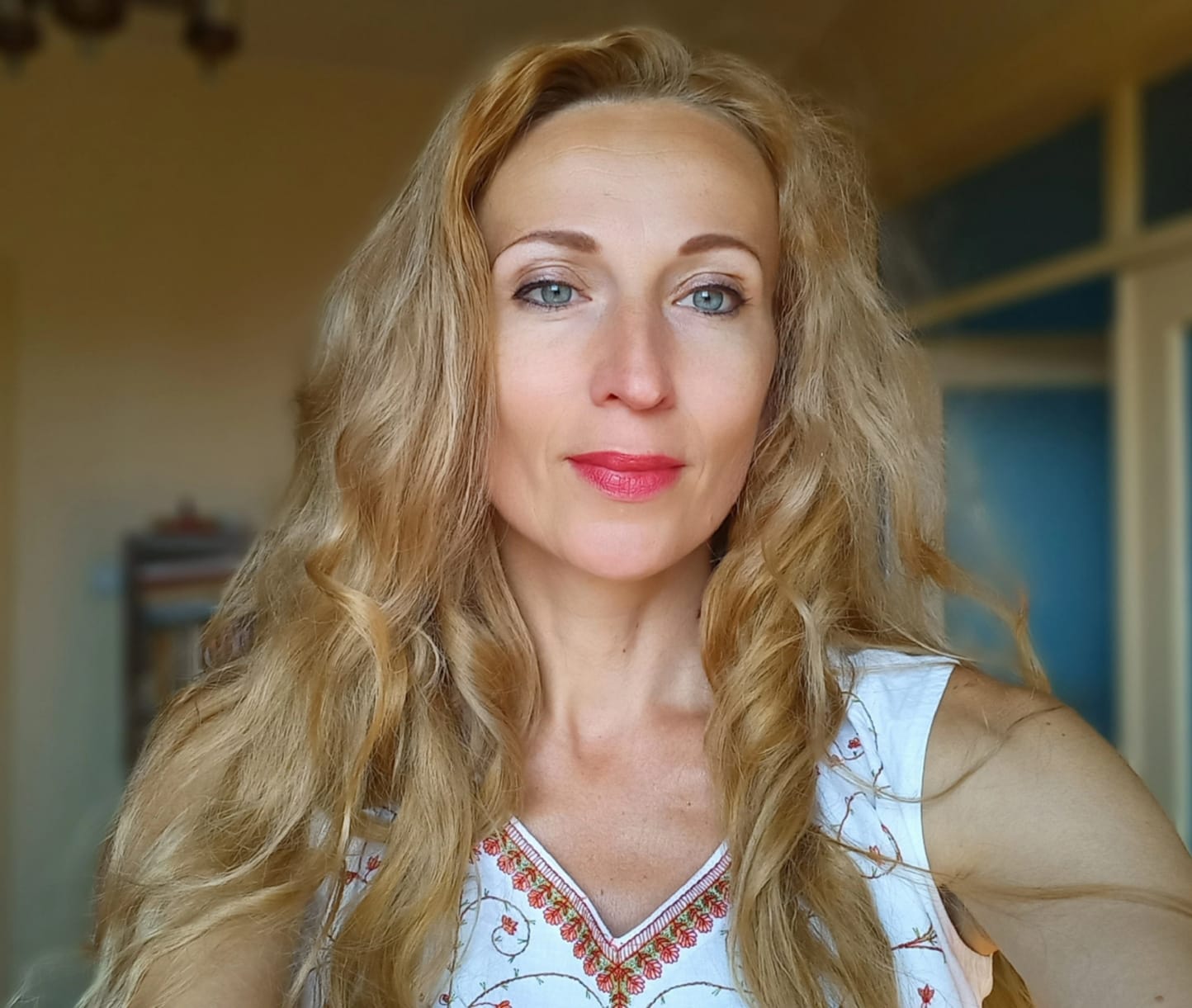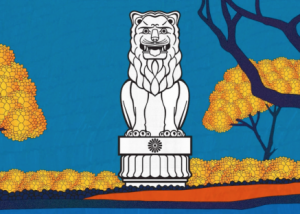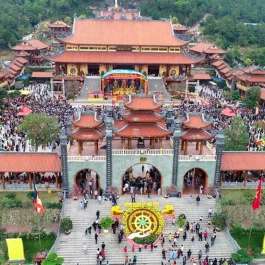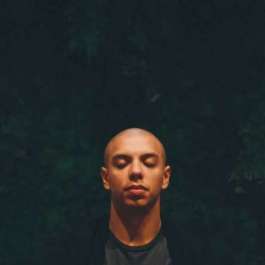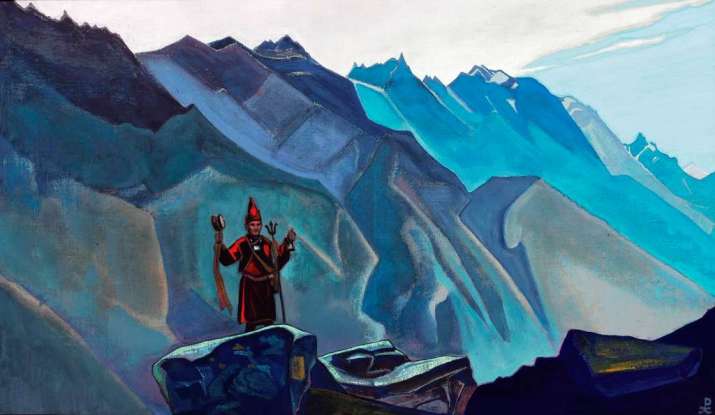
The Himalayas, let me once again express to you my sincere admiration.— Nicholas Roerich (1874–1947)
The mighty Himalaya, the largest mountain range in the world, has inspired countless travelers with its immense grandeur and natural beauty. This incredible beauty is also preserved in the paintings of the great Russian artist, scholar, thinker, writer, and traveler Nicholas Roerich (1874–1947). He spent almost 20 years in the western Himalaya, in the picturesque Kullu Valley, Himachal Pradesh, India, where he created hundreds of remarkable paintings and founded the Himalayan Research Institute “Urusvati.”
Nicholas Roerich arrived in India in 1923 with his wife, the philosopher and writer Helena Roerich (1879–1955) and their two sons—the orientalist, linguist, and Buddhist scholar George Roerich (1902–60) and the painter and scientist Svetoslav Roerich (1904–93). There they began preparations for an archaeological, ethnographical, and linguistic expedition into almost inaccessible areas of Central Asia. Upon their return from the expedition in 1928, Nicholas Roerich founded the Himalayan Research Institute, named “Urusvati” (Skt. Light of the Morning Star) in Kullu Valley. All members of the family were engaged in the work of this unique institution. Nicholas and Helena Roerich were the founders and ideologists, while George was the director and Svetoslav was an active researcher. In 1930–32, five expeditions were conducted by the institute in the Kullu Valley, Lahaul, Kinnaur, Kangra, Ladakh, and Zanskar. The Roerichs continued their cultural and research work in the Kullu Valley until 1947, when Nicholas Roerich passed away.
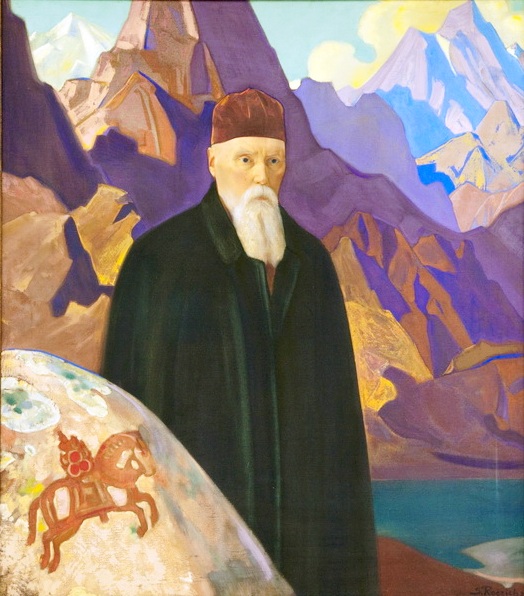
National Gallery, Bulgaria. From gallery.facets.ru
In 1992-93, the International Roerich Memorial Trust was founded in Naggar, Kullu, on the initiative of Svetoslav Roerich and his spouse Devika Rani, with the support of the Russian embassy in India, the government of India, and the state government of Himachal Pradesh. The trust is run as an Indo-Russian non-governmental organization and aims to preserve and promote the heritage of the Roerich family, transforming their former home in Kullu into a museum and an educational, scientific, and cultural center. The site consists of a museum complex with the Nicholas and Svetoslav Roerich Art Gallery, the Helena Roerich Academy of Arts for children, the Cultural-Educational Centre, a public library, and other places connected with the family’s life.
The trust organizes an Indo-Russian festival each October, celebrating the births of Nicholas Roerich and Svetoslav Roerich (Nicholas Roerich was born on 9 October and Svetoslav Roerich on 23 October). Within the framework of these celebrations in Kullu Valley, numerous cultural programs are organized, including exhibitions, concerts, and conferences.

Roerich, and Svetoslav Roerich at Kulu in the 1940s. From icr.su
This year, on 9 October, the 145th anniversary of Nicholas Roerich’s birth was marked by the opening of the first sculptural monuments of the Russian artist and his wife Helena Roerich in their Himalayan estate. The project was realized with the help of the international charitable foundation the Dialogue of Cultures – United World (Moscow), the International Centre of the Roerichs (Moscow), and with the assistance of Kullu District administration and the management of the International Roerich Memorial Trust. The artistis Russian sculptor Alexei Leonov.
An inauguration ceremony was hosted by Nataliya Cherkashina, director of the non-governmental museum named after Nicholas Roerich of the International Centre of the Roerichs, Moscow, and Hari Chauhan, scientist, archaeologist of the museum department and curator of Himachal State Museum in Shimla.
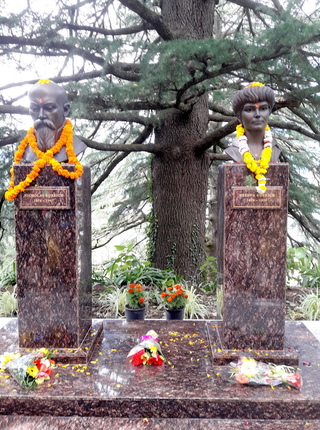
From irmtkullu.com
“Before [Nicholas] Roerich, no one paid such attention to the Himalayan region and its diverse cultures, either in India itself or abroad,” said an official from Shimla during the ceremony. “We can say that it was he who opened the Himalaya to the world’s scientific community and promoted scientific research here, in Himachal and nearby regions, therefore we rightly consider Roerich to be our national treasure.” (International Roerich Memorial Trust)
During this memorable day, illuminated by a bright rainbow, Sri Dev Acharya, a priest from the Krishna temple in the region, offered prayers and lit a sacred fire in a memory of Nicholas Roerich, whom the people of India revere as a maharishi (great sage).
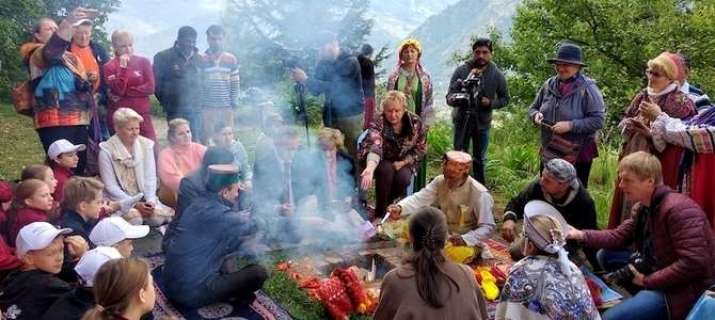
The festive program continued with an exhibition by Russian artist Lola Lonli, an exhibition of Russian artists titled “Disciples on the Path of the Master,” a painting competition for children and youths titled “Nicholas Roerich – Master of the Mountains,” a performance by students of the Helena Roerich Academy of Art to present cultural traditions of Kullu Valley, and a dance program by The Obraz ensemble from Kaluga, Russia.
The 115th birth anniversary of Svetoslav Roerich was also celebrated at the International Roerich Memorial Trust with two important events: the opening of the exhibition “Silent Blessings” by Professor Him Chatterjee and the international conference “Russia-India: The Art, Philosophy, and Culture,” organized by the International Centre of the Roerichs and the Russian Academy of Arts, Moscow.
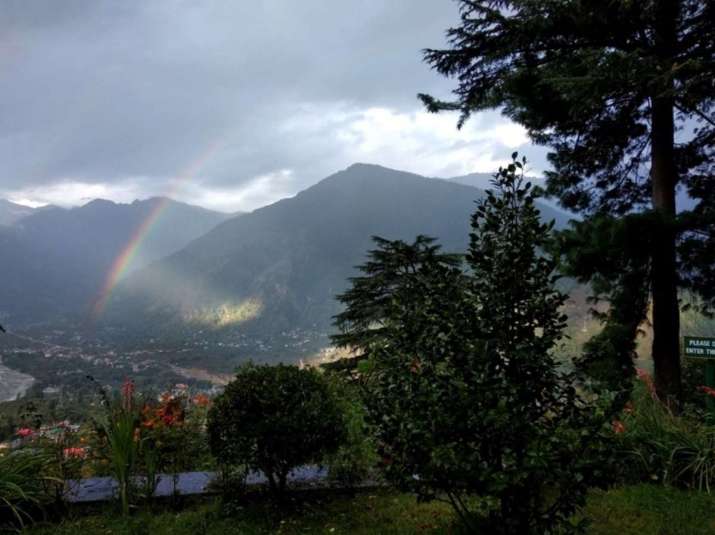
145th birth anniversary of Nicholas Roerich. From irmtkullu.com
Another significant event was organized in New Delhi on 24 October, to mark the birth anniversaries of both Nicholas Roerich and Svetoslav Roerich—a seminar titled “Roerich’s Family: Cultural Bridge between Russia and India,” organized by the Russian Centre of Science and Culture. Among the distinguished participants was the renowned Buddhist scholar Prof. Dr. Lokesh Chandra, chairman of the executive council of the Nehru Memorial Museum and Library. He paid tribute to Nicholas Roerich, recalling their first encounter in 1940 and describing him as a great rishi (sage), who propounded glorious idea on Indian heritage internationally.
“His cultural preservation was to inspire generations over the centuries to come with the gradual evolution of the creative genius of humanity,” Prof. Chandra noted. “Along with the racial affinity with the Orient, [Nicholas] Roerich had an intellectual and aesthetic unison with India through his beliefs, which he shared with the old rishis of this land. He lived in the Himalaya for years and seems to have captured the spirit of the mountains, portraying their ever-changing moods and colors.” (Russian Center of Science and Culture in New Delhi)
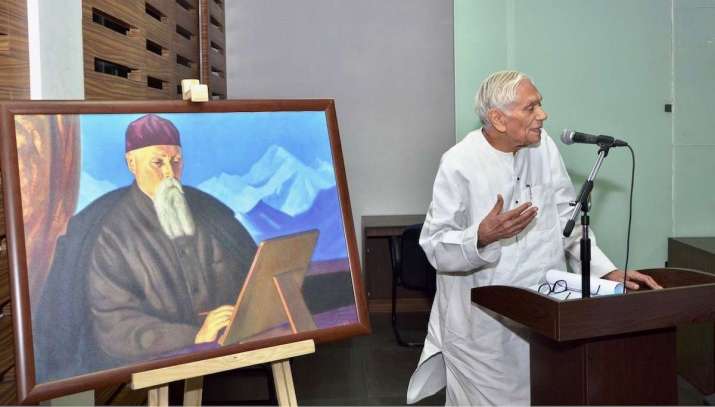
See more
В Индии открыты первые памятники Рерихам
Opening of the first in India Portrait Busts of Nicholas and Helena Roerich in their Himalayan Estate in Naggar marked the Birthday of the Great Russian Artist
Contribution of Roerich’s Family Remembered
Protection of the Roerichs’ Name and Heritage




